Canada’s cities are redefining what it means to be smart, sustainable, and inclusive. From green architecture to digital infrastructure, urban innovation is taking root across the country in unique and powerful ways. These 18 cities exemplify bold thinking, community-first policies, and technology-driven change, shaping the future of urban living.
Toronto

Toronto is a trailblazer in leveraging technology to address urban challenges. With initiatives like the Quayside development project, the city explores cutting-edge urban planning, including smart lighting, autonomous waste collection, and modular building design. Toronto is also investing heavily in AI and data-driven policy decisions, while actively supporting the startup ecosystem that feeds its innovation pipeline. These efforts aim to build a more livable, equitable, and responsive metropolis.
Vancouver

Vancouver is recognized globally for its commitment to sustainability and climate resilience. Its Greenest City Action Plan includes ambitious targets for carbon neutrality, zero waste, and green building standards. The city’s emphasis on walkability and transit-oriented development, along with robust public engagement, ensures that innovation aligns with citizen needs. Vancouver also champions indigenous collaboration in urban design, fostering inclusive growth rooted in reconciliation.
Montreal

Montreal combines heritage with forward-thinking urban strategies. Known for its smart city initiatives, the city launched the Montréal en Histoires augmented reality app to bring culture and technology together. It also invests in open data and public Wi-Fi, helping bridge the digital divide. Through projects like Réseau express métropolitain (REM), Montreal is modernizing transit to reduce congestion and enhance regional connectivity.
Calgary

Calgary’s innovation landscape is shaped by its transition from an energy-dependent economy to one focused on sustainability and diversification. The city has embraced smart grids, clean technology, and adaptive reuse of infrastructure. With the development of East Village and the Green Line LRT, Calgary is reimagining urban spaces to be more inclusive, walkable, and connected, positioning itself as a future-ready hub in Western Canada.
Edmonton
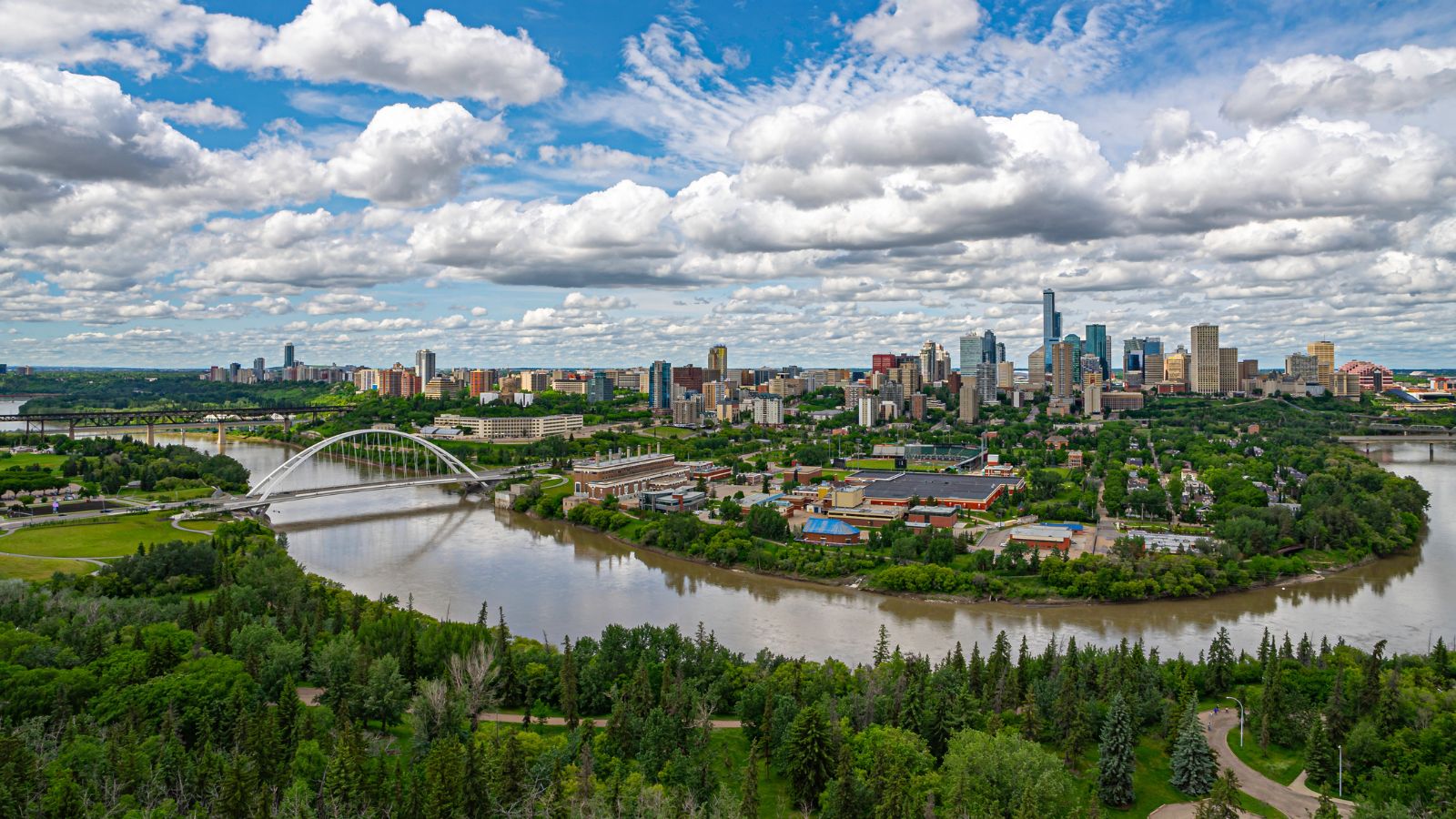
Edmonton is turning heads with its forward-looking approach to data and governance. The city has created Canada’s first municipal open data portal and uses predictive analytics to improve public services. Projects like the Blatchford redevelopment, a sustainable community built on a former airport site, demonstrate Edmonton’s commitment to green innovation, energy efficiency, and smart urban planning on a neighborhood scale.
Ottawa
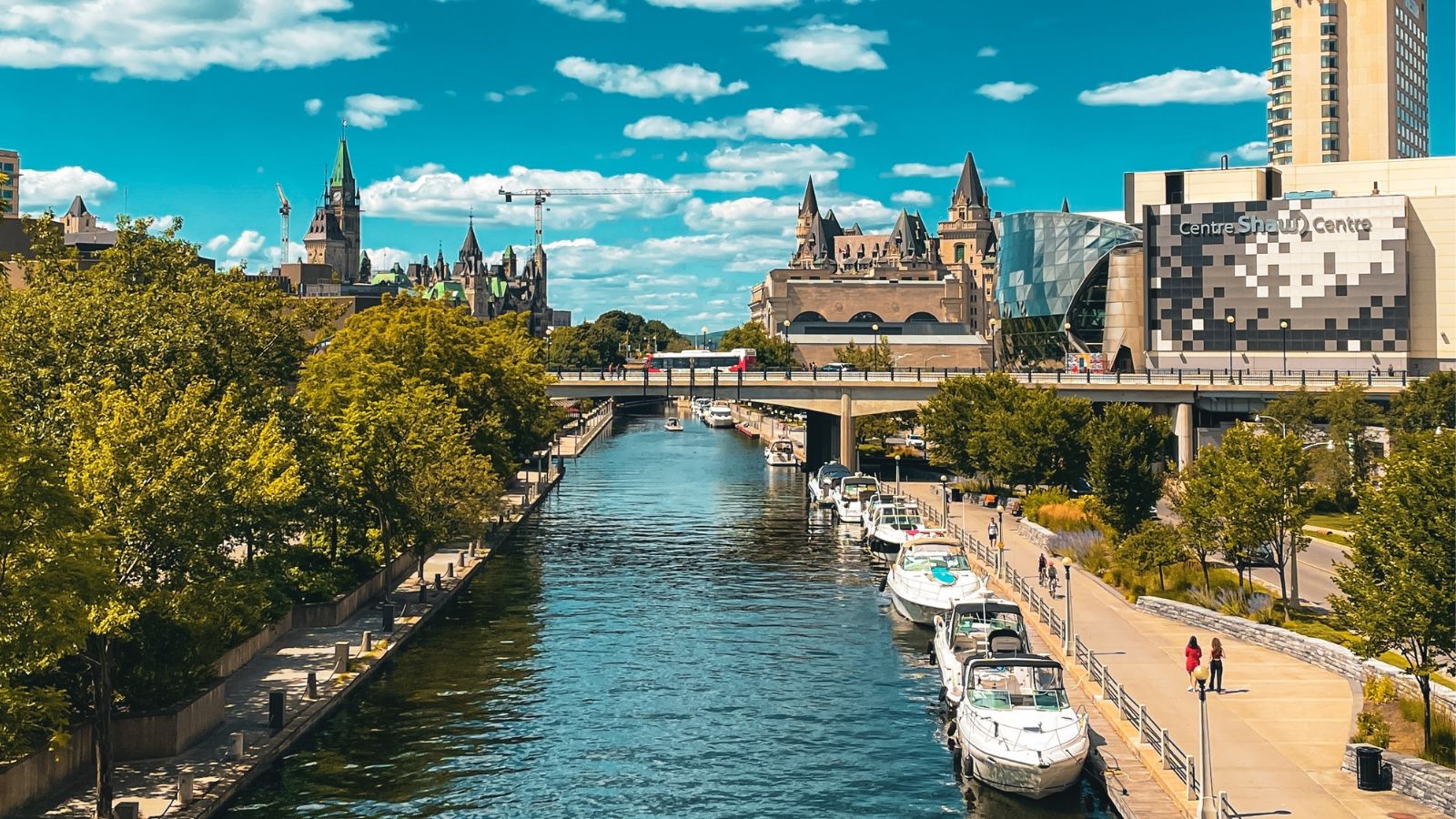
Canada’s capital is leveraging its government-tech synergy to pilot smart city programs. Ottawa’s Area X.O innovation hub brings together autonomous vehicles, drones, and 5G connectivity in a real-world testing environment. The city is also enhancing mobility with electric buses and integrated transit solutions. Its focus on cybersecurity, accessibility, and digital equity makes Ottawa a model for inclusive urban innovation.
Quebec City

Quebec City is embracing innovation without compromising its historical charm. The city is investing in eco-districts that promote sustainable housing and energy efficiency. It is also piloting intelligent transportation systems and smart lighting to enhance public safety. Digital culture is thriving, with festivals and installations that fuse art and technology, reinforcing Quebec City’s reputation as a creative urban laboratory.
Halifax
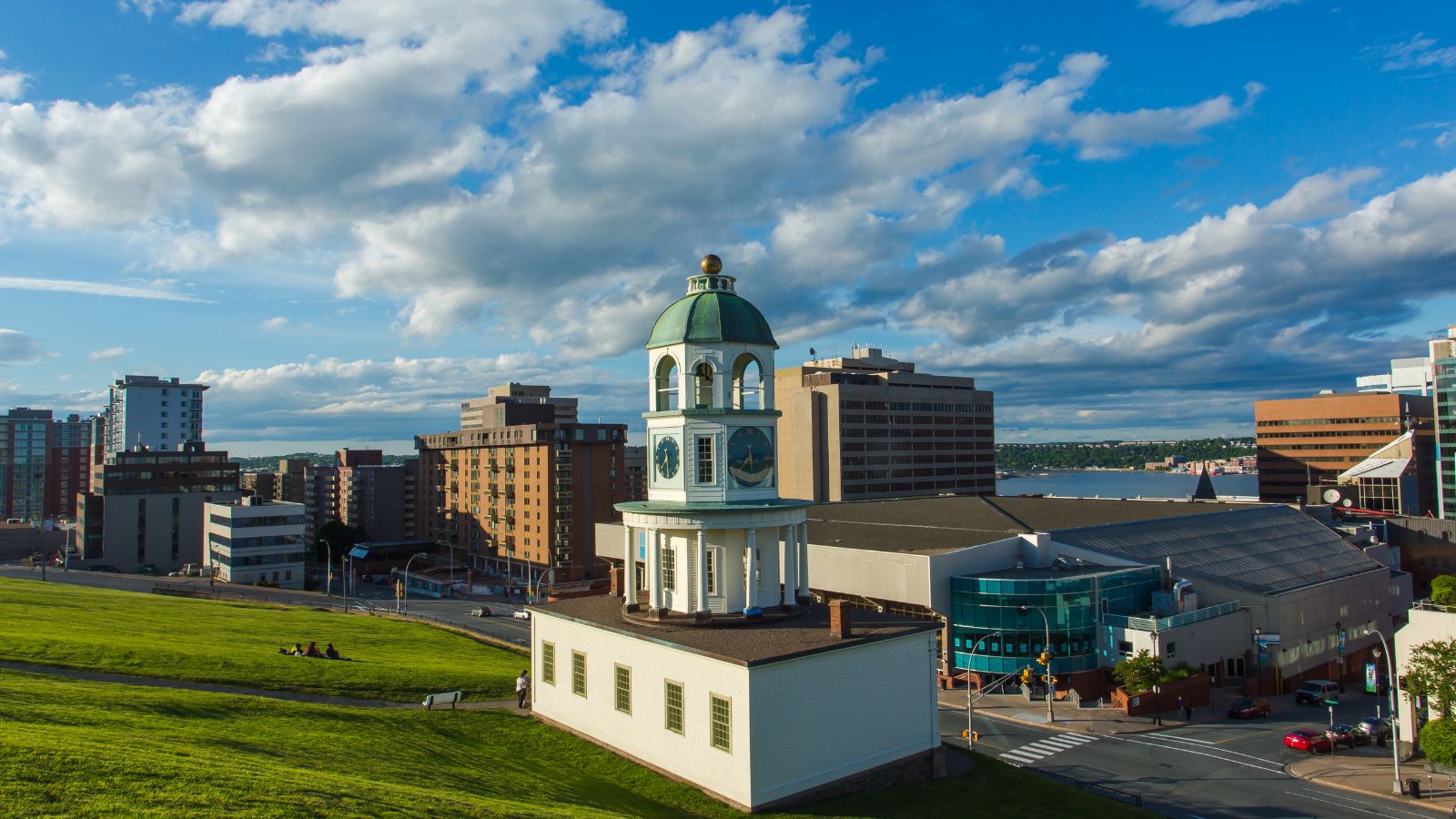
As Atlantic Canada’s largest city, Halifax is evolving rapidly through innovation in waterfront development, climate adaptation, and digital engagement. The Smart Cities Challenge sparked projects such as connected traffic signals and citizen participation platforms. With Dalhousie University as a research anchor, Halifax is integrating academic innovation into real-world urban planning, particularly in renewable energy and ocean tech.
Winnipeg
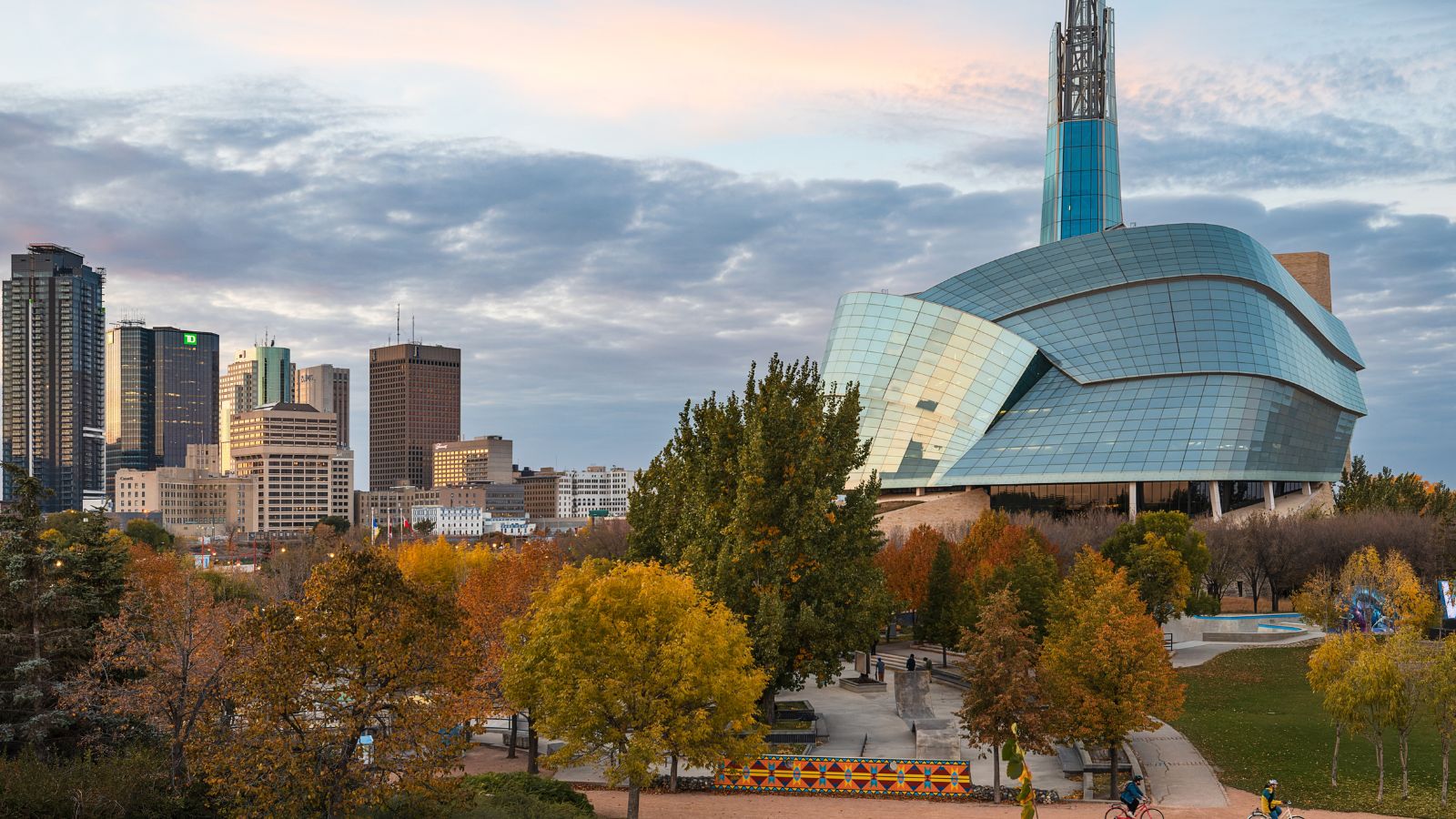
Winnipeg is addressing urban challenges with inclusive innovation. The city’s Indigenous Accord and community-led development projects aim to reverse systemic inequality. Technologically, Winnipeg is adopting smart water systems, digital infrastructure planning, and geospatial analytics. By aligning innovation with social equity, Winnipeg exemplifies a model where progress is measured not just in technology, but in community well-being.
Victoria

Victoria is demonstrating how mid-sized cities can punch above their weight in innovation. The city has committed to becoming carbon neutral by 2030 and has invested in active transportation networks, including cycling and pedestrian infrastructure. Smart parking systems and digital permit solutions are improving urban efficiency, while local startups are piloting green building technologies and waste reduction platforms across neighborhoods.
Saskatoon
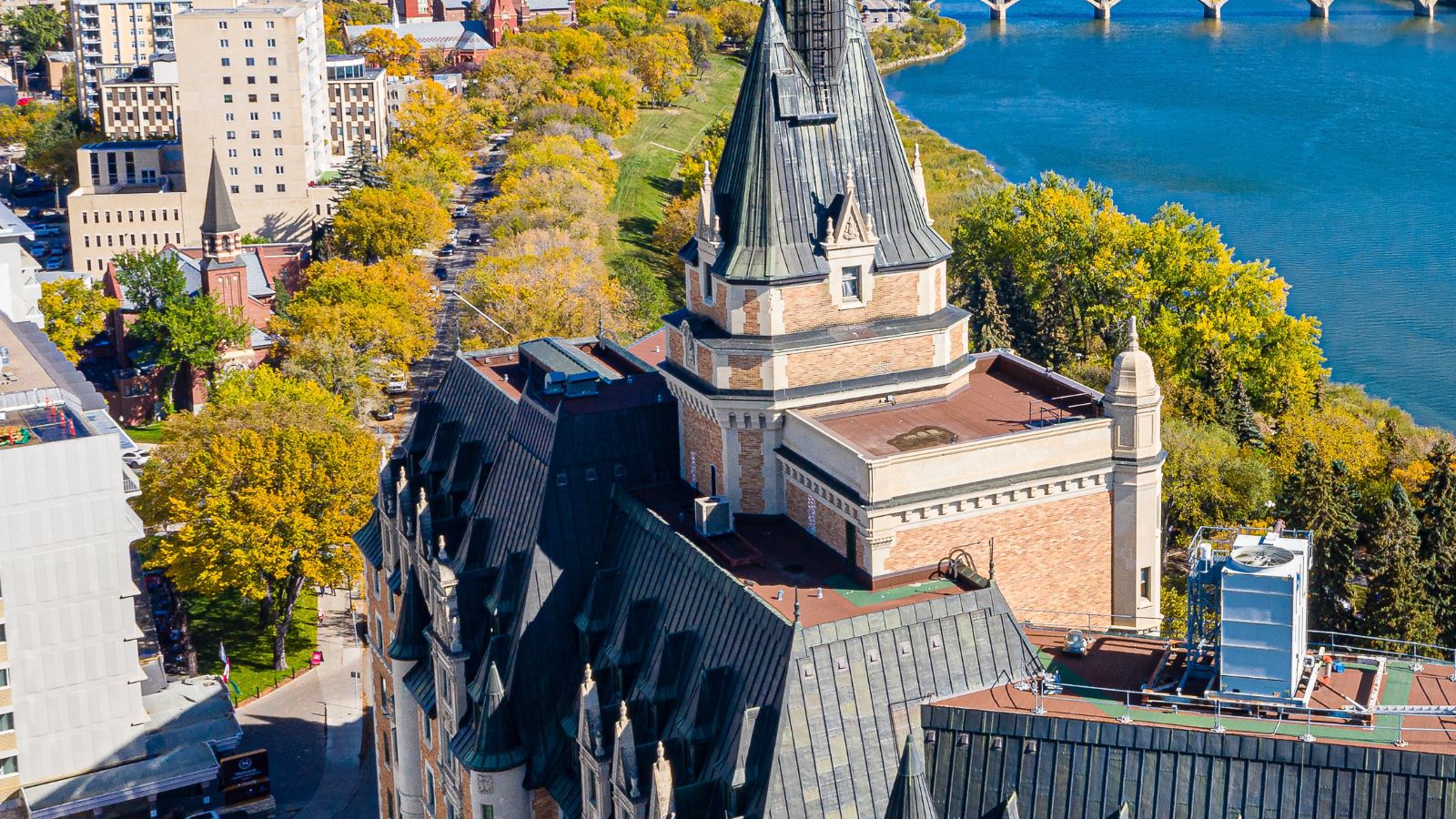
Saskatoon is turning its attention to resilience and sustainability through infrastructure modernization and community partnerships. The city’s Growing Forward plan prioritizes infill development and transit upgrades to reduce urban sprawl. With a focus on clean tech and data-driven decision-making, Saskatoon is working on predictive maintenance for public assets and leveraging data to optimize municipal operations and service delivery.
St. John’s
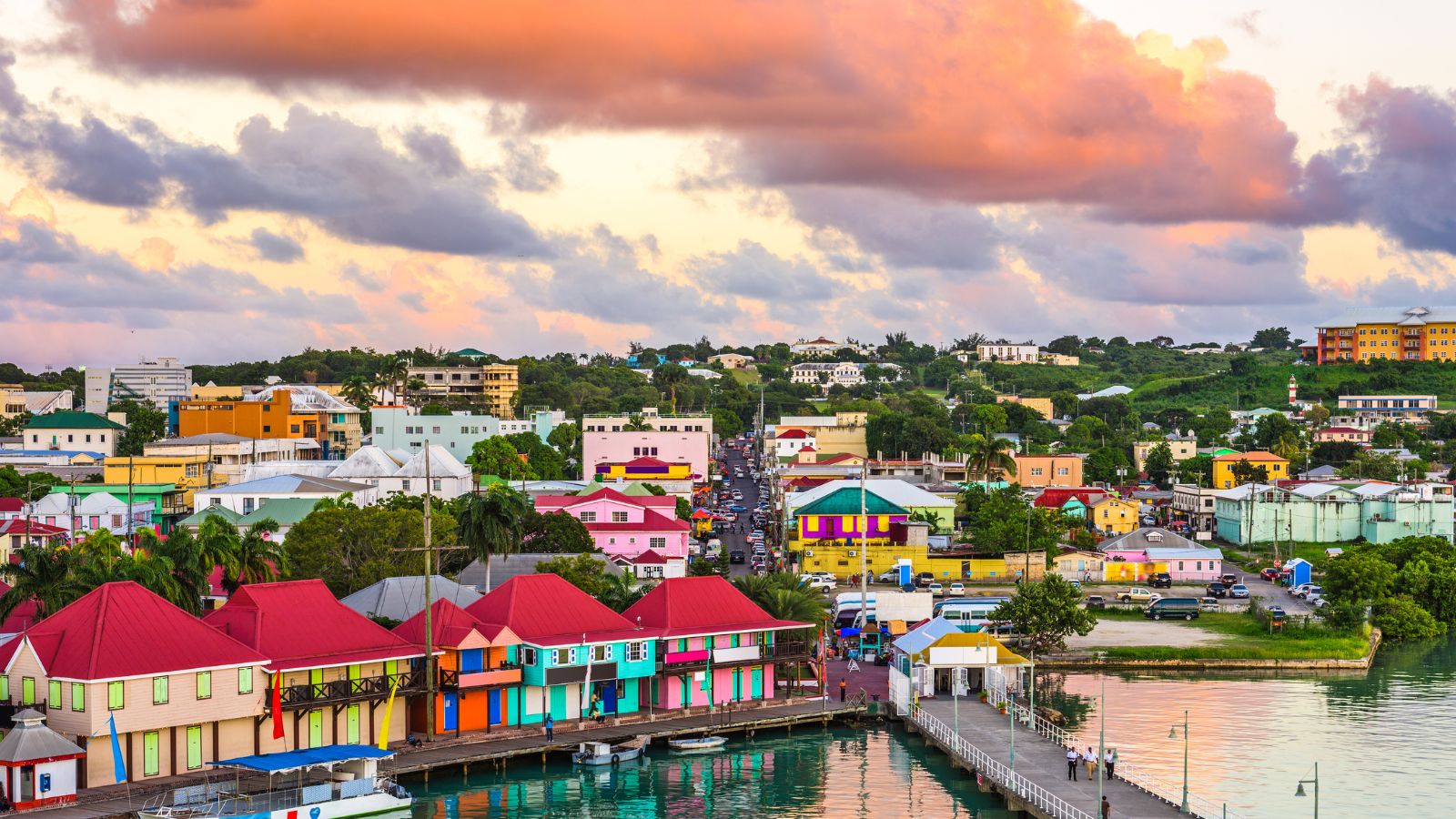
St. John’s is embracing smart city principles to adapt to its unique geographic and climatic challenges. The city is improving stormwater management through intelligent infrastructure and is exploring digital tools for emergency response. Collaborative projects with Memorial University are driving innovation in cold-climate construction, renewable energy, and marine systems, giving St. John’s a distinct edge in adaptive urban technology.
Regina
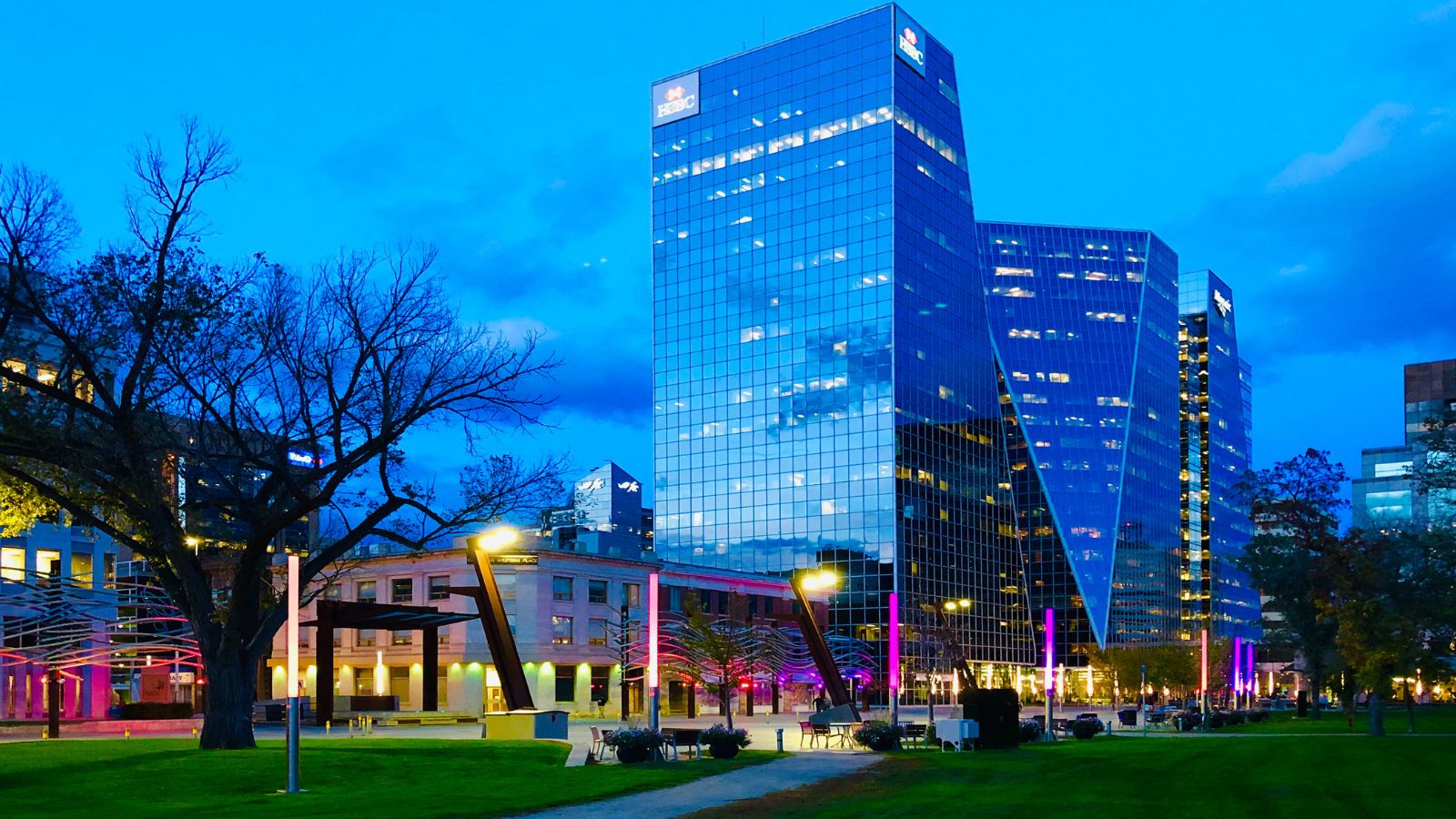
Regina is leading with its commitment to sustainability and energy transformation. The city’s Energy and Sustainability Framework outlines a path toward net-zero emissions through renewable energy, efficient buildings, and sustainable transportation. Regina is also digitizing municipal services and exploring partnerships for green innovation, making its prairie setting a proving ground for tech-enabled urban transition.
Hamilton
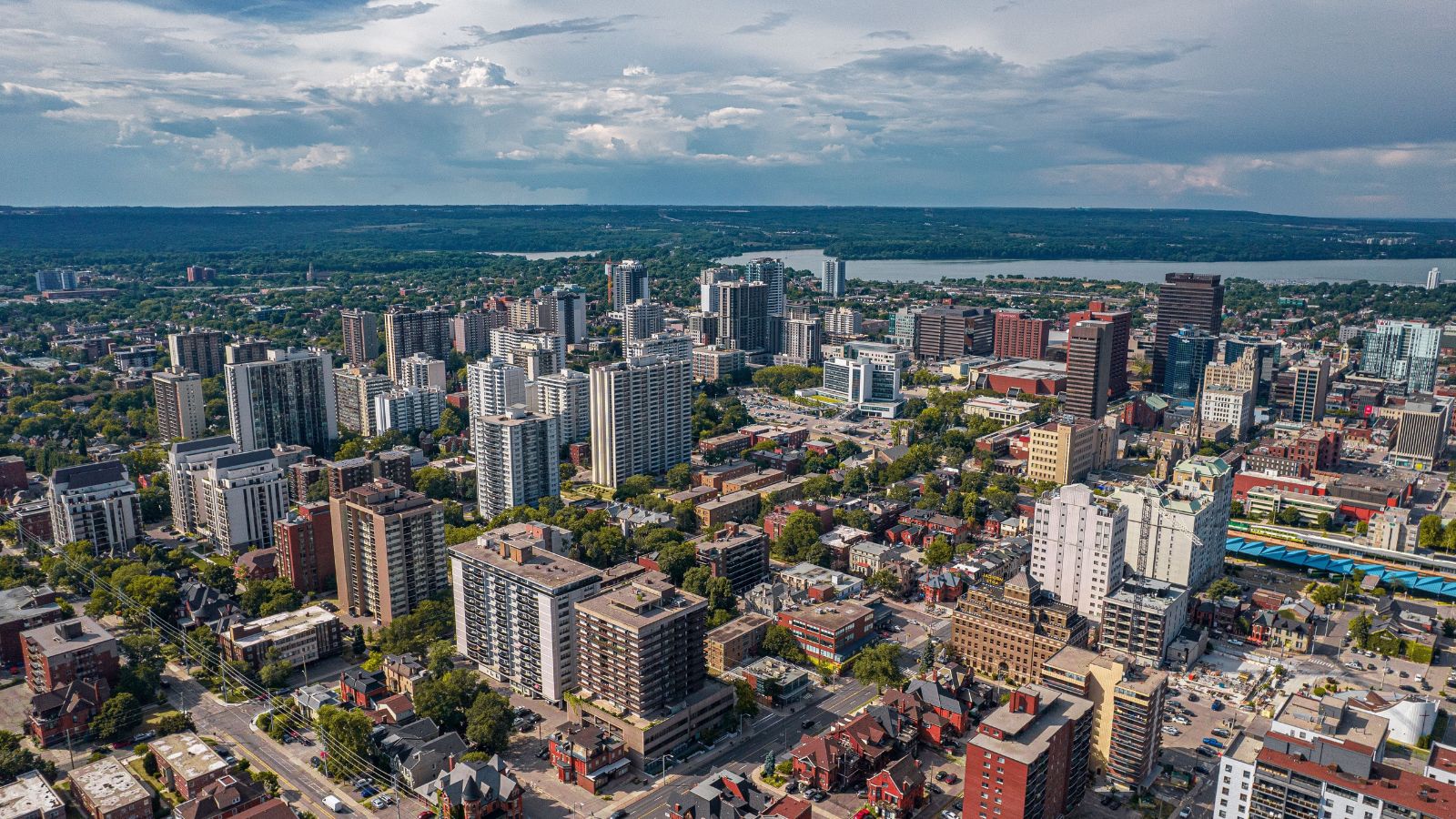
Hamilton is redefining itself through health, innovation, and social enterprise. The city is home to a growing cluster of life sciences startups, supported by McMaster University. Urban renewal projects in the downtown core emphasize adaptive reuse, community engagement, and sustainability. With investments in smart transit and digital infrastructure, Hamilton is transforming into a resilient, forward-looking urban center.
Kelowna

Kelowna stands out for its tech-friendly environment and climate-forward planning. The city is implementing wildfire detection systems, smart irrigation, and green building codes. With a growing population, Kelowna has embraced digital permitting and data-driven land use planning to manage growth effectively. Its innovation ecosystem supports agritech, clean energy, and mobility startups, making it a rising star in Canadian urban innovation.
Charlottetown
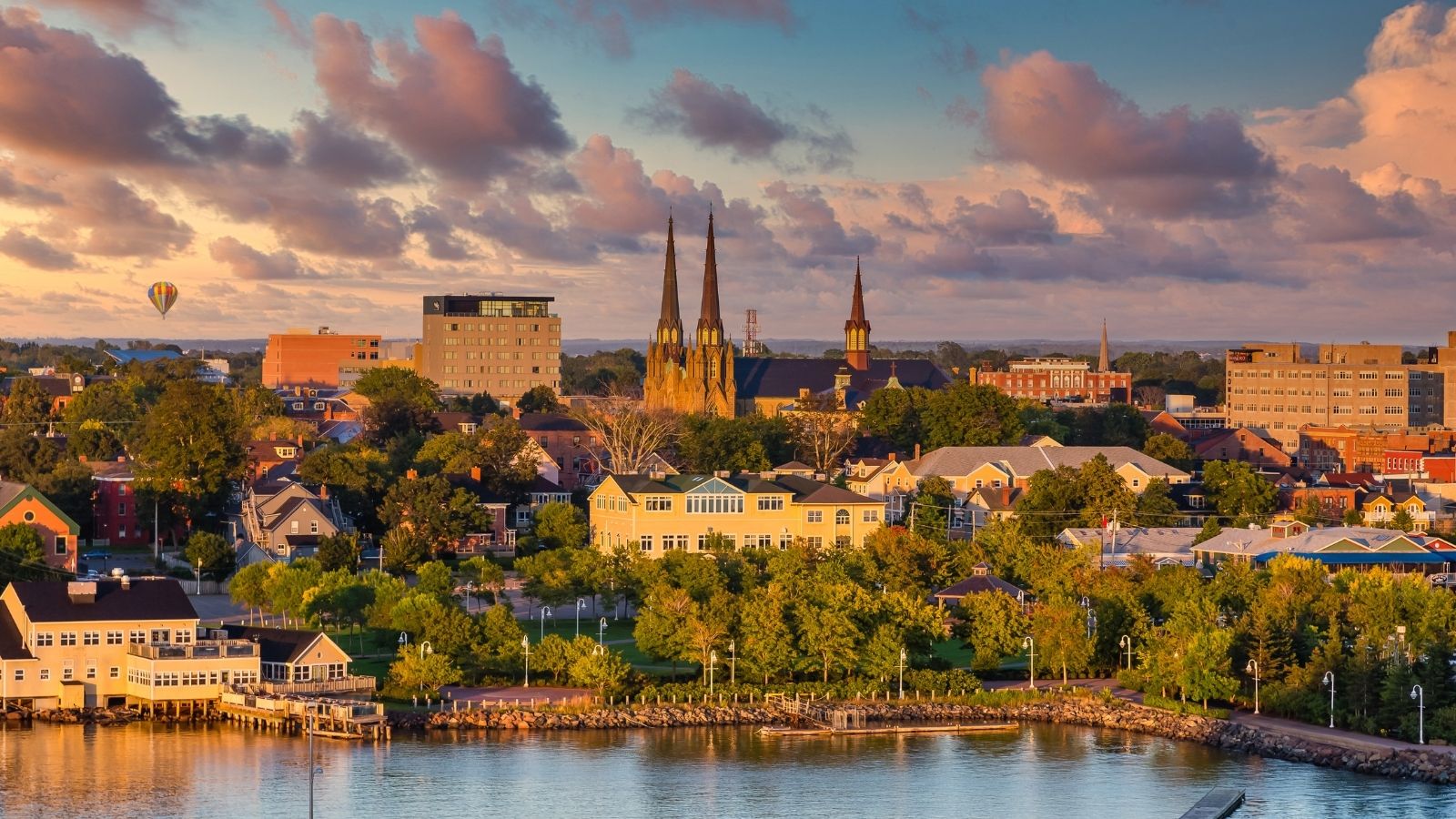
Charlottetown is harnessing smart city technology to address the challenges of a small, historic city. The introduction of smart traffic systems, LED streetlights, and digitized civic services has improved efficiency and safety. The city is also working on climate resilience strategies, including green infrastructure and community-based sustainability programs, showing that innovation isn’t limited to major metropolitan centers.
Waterloo
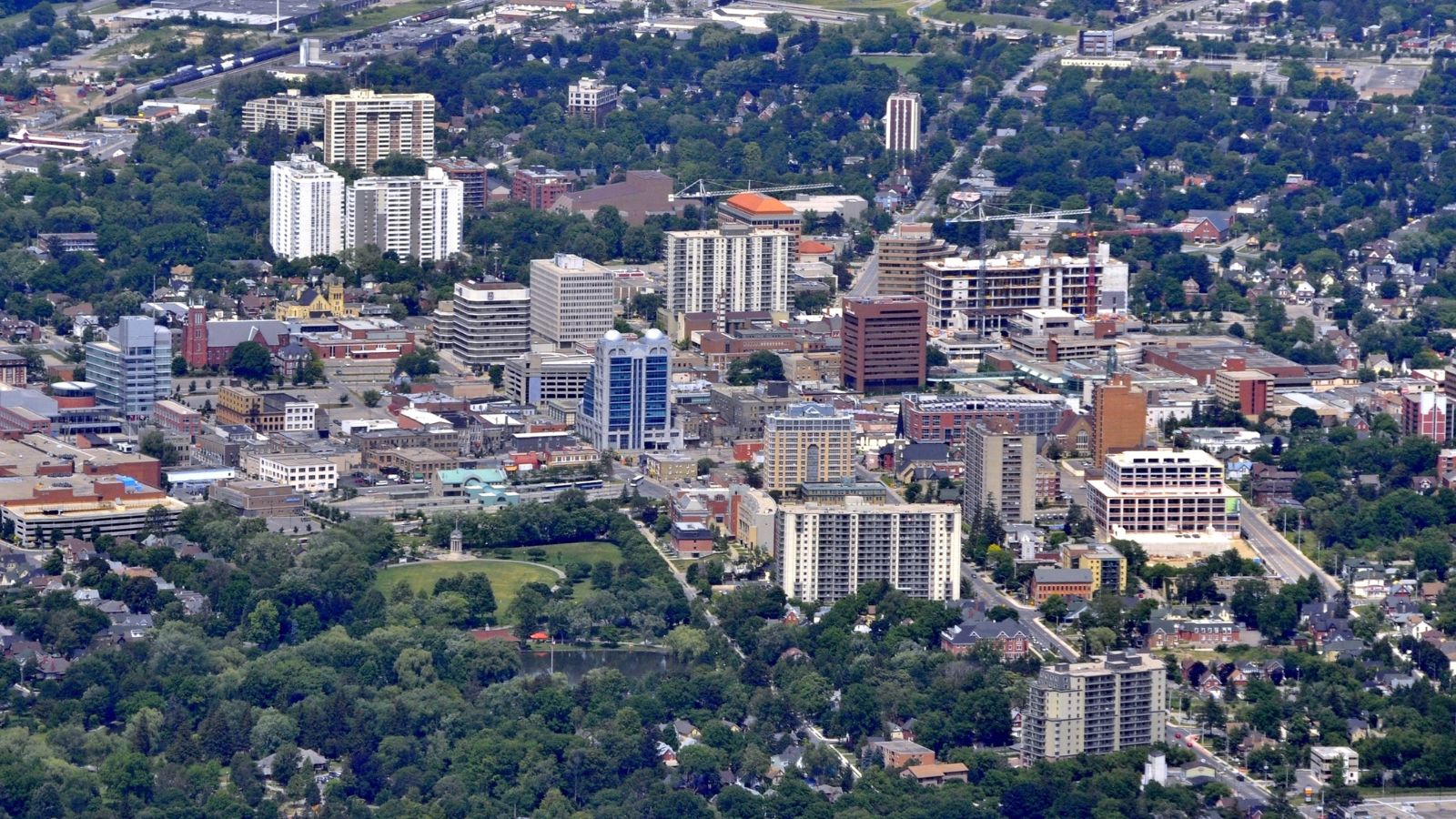
Waterloo, at the heart of Canada’s tech corridor, has become synonymous with innovation. With institutions like the University of Waterloo and Communitech, the city serves as an incubator for startups and disruptive technologies. Waterloo’s smart city efforts focus on mobility, housing, and energy, with initiatives like autonomous shuttle trials and digital twins being tested in collaboration with local partners.
Guelph
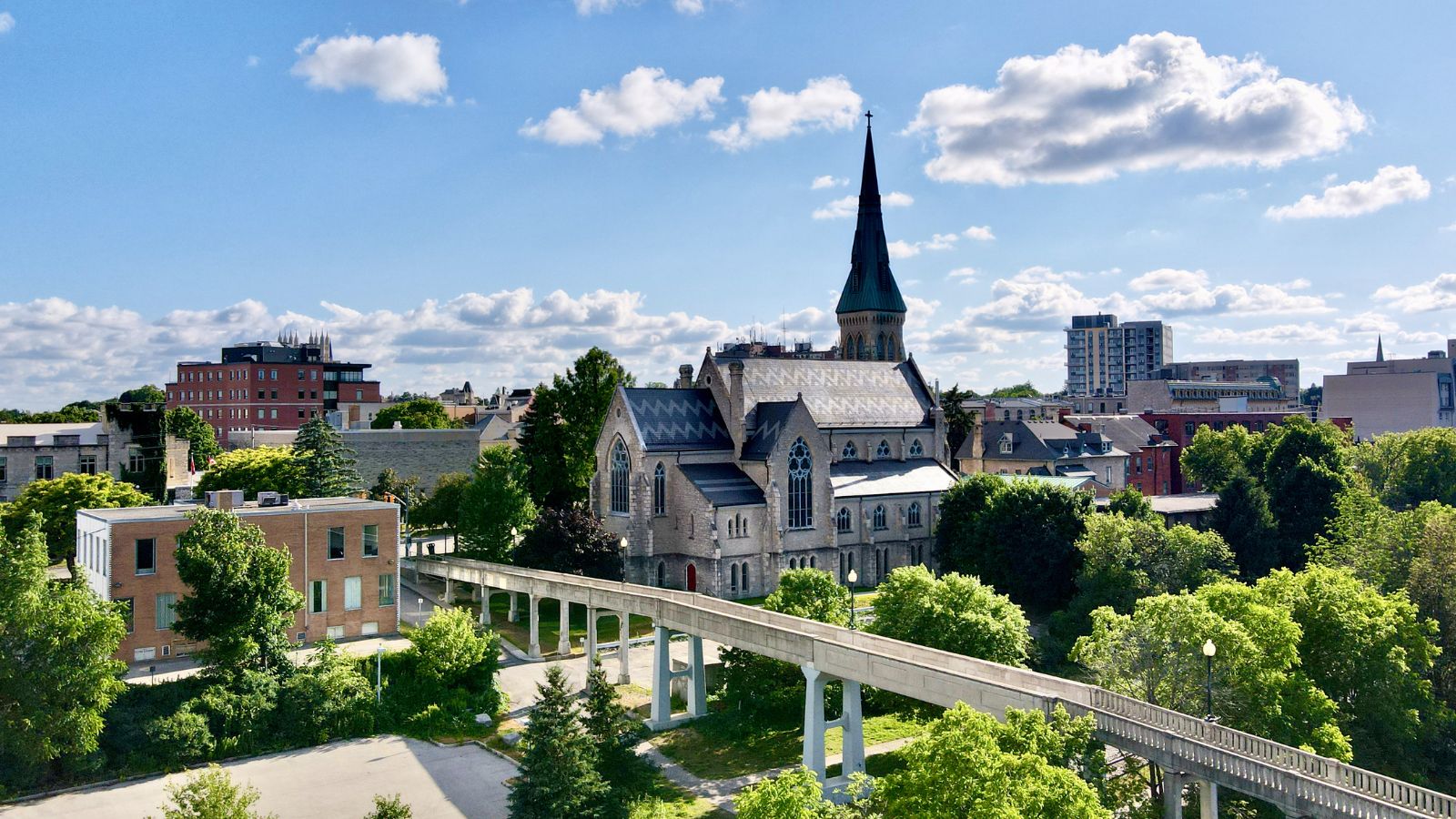
Guelph is setting the bar for circular economy practices. The city is leading a nationally recognized program to reduce food waste and increase local food security. With investments in green infrastructure, energy retrofits, and water conservation, Guelph is showing how small cities can lead on global issues. The use of open data and citizen engagement tools ensures innovation is transparent and participatory.
22 Times Canadian Ingenuity Left the U.S. in the Dust

When people think of innovation, they often picture Silicon Valley. However, Canada has a history of innovation, too. Whether it’s redefining sports, revolutionizing medicine, or just showing America up at its own game, Canadian inventors, thinkers, and dreamers have had their fair share of mic-drop moments. Here are 22 times Canadian ingenuity left the U.S. in the dust.
22 Times Canadian Ingenuity Left the U.S. in the Dust
